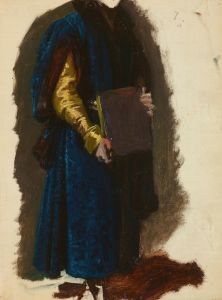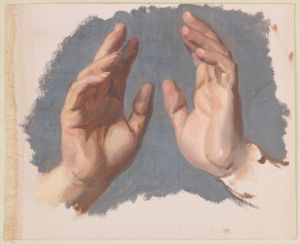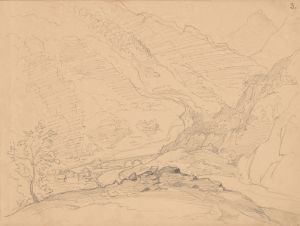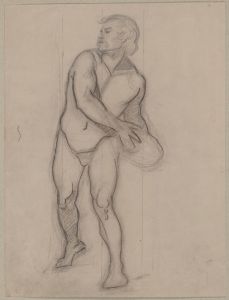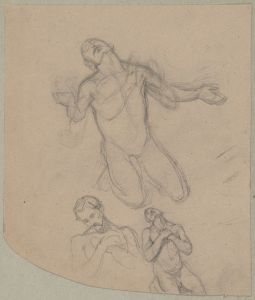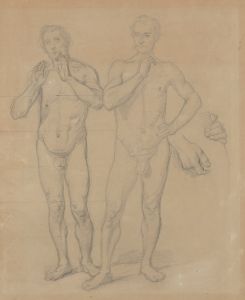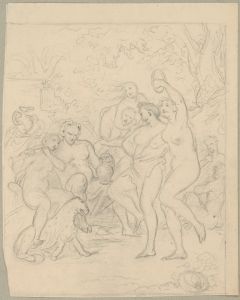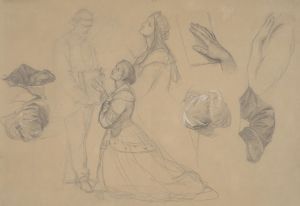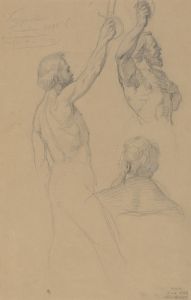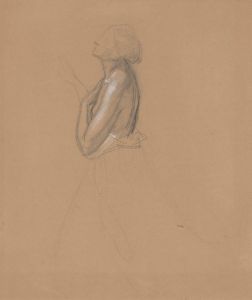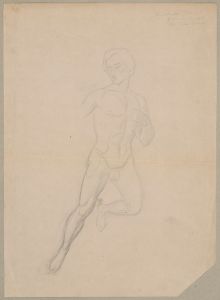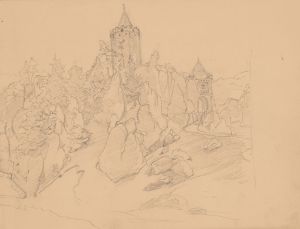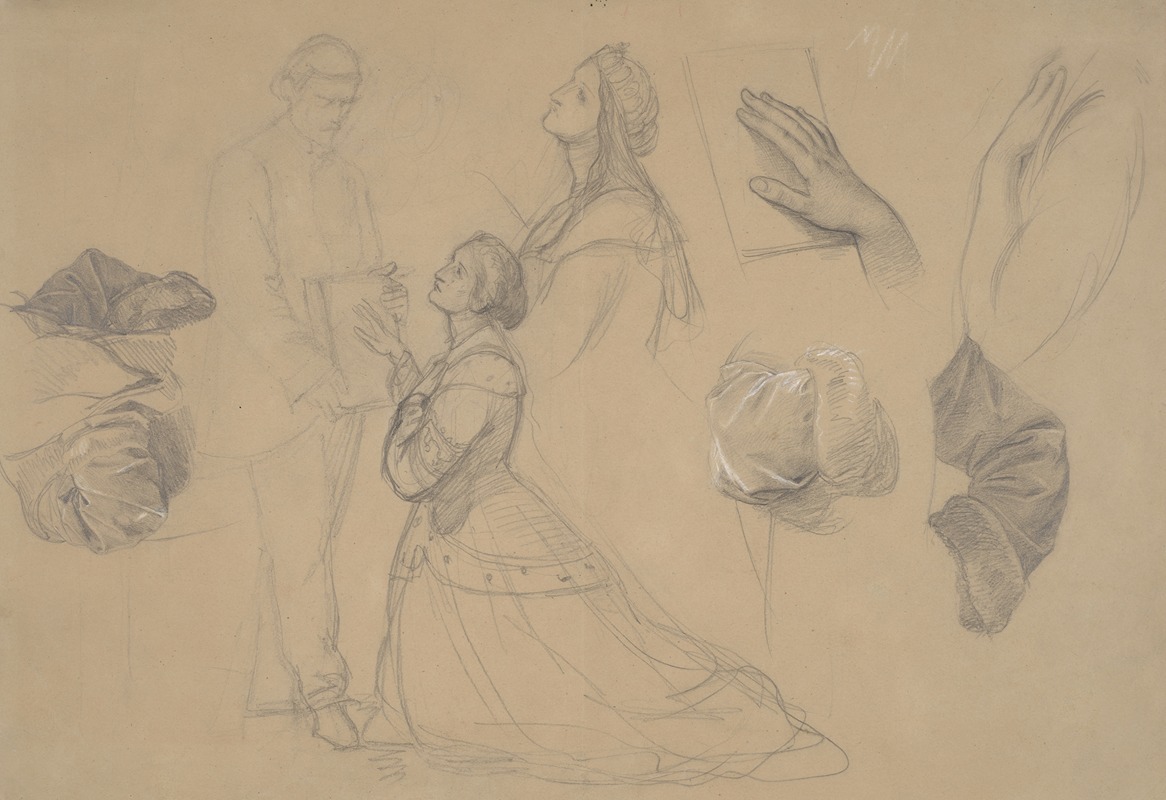
Sketches of figures of the queen and Jaśko of Tęczyn for the painting ‘Queen Jadwiga’s Oath’
A hand-painted replica of Józef Simmler’s masterpiece Sketches of figures of the queen and Jaśko of Tęczyn for the painting ‘Queen Jadwiga’s Oath’, meticulously crafted by professional artists to capture the true essence of the original. Each piece is created with museum-quality canvas and rare mineral pigments, carefully painted by experienced artists with delicate brushstrokes and rich, layered colors to perfectly recreate the texture of the original artwork. Unlike machine-printed reproductions, this hand-painted version brings the painting to life, infused with the artist’s emotions and skill in every stroke. Whether for personal collection or home decoration, it instantly elevates the artistic atmosphere of any space.
Józef Simmler, a prominent Polish painter of the 19th century, is known for his historical and portrait works, often depicting significant moments in Polish history. Among his preparatory studies for larger compositions, the "Sketches of figures of the queen and Jaśko of Tęczyn for the painting ‘Queen Jadwiga’s Oath’" hold particular significance. These sketches were created as part of Simmler’s process for his envisioned painting titled "Queen Jadwiga’s Oath," which aimed to portray a pivotal moment in the life of Queen Jadwiga of Poland.
Queen Jadwiga (1373/4–1399) was a revered monarch of Poland, crowned as "King" to emphasize her authority as a sovereign ruler. She is remembered for her piety, intelligence, and significant role in the Christianization of Lithuania through her marriage to Jogaila, who became Władysław II Jagiełło, the King of Poland. Her reign marked the beginning of the Polish-Lithuanian union, a critical development in the region's history.
The sketches depict two key figures: Queen Jadwiga and Jaśko of Tęczyn. Jaśko of Tęczyn, also known as Jan of Tęczyn, was a historical figure associated with the Polish nobility, though specific details about his role in the context of this painting are not well-documented. The sketches likely served as preparatory studies to refine the composition, poses, and expressions of these characters for the final painting, which was intended to capture the solemnity and gravity of Queen Jadwiga’s oath.
Simmler was meticulous in his artistic process, often creating detailed studies before executing his final works. These sketches demonstrate his attention to historical accuracy and emotional depth, qualities for which his paintings are widely appreciated. However, it is unclear whether the final painting "Queen Jadwiga’s Oath" was ever completed or if it remains lost, as no definitive record of the finished work exists.
The sketches themselves are valued as standalone pieces, offering insight into Simmler’s creative process and his dedication to portraying historical themes. They reflect the 19th-century Romantic fascination with national history and the idealization of key historical figures, a trend prevalent in Polish art and literature of the time.
Today, these sketches are significant not only as works of art but also as historical artifacts that contribute to the understanding of Józef Simmler’s oeuvre and his approach to depicting Poland’s rich history.





